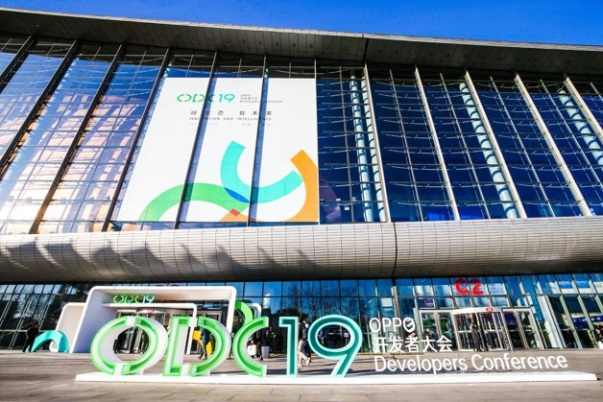Beijing, China: With “Innovation and Intelligence” theme, OPPO Developer Conference (ODC) 2019 kicked-off here on Friday. OPPO unveiled a range of initiatives to co-build a new intelligent service ecosystem with developers and partners.
OPPO launched three main programs – Gravity Plan 2.0, Five System-level Capability Exposure Engines and IoT Enablement Plan.
Gravity Plan 2.0
This plan basically is an enhanced developer program. For which, OPPO will allocate RMB 1 billion ( about $143 million) in 2020.
OPPO said that it has been successful in building a new ecosystem in the past year. ColorOS, the company’s operating system has over 320 million monthly active users globally. It is amassing huge user base of users across its applications, services and content ecosystem.
Over 120,000 developers have joined the OPPO open platform till date. And OPPO’s open capability service is being used over than 3 billion times per day.
For the first time OPPO officially had announced the “Gravity Plan,” a RMB 1 billion program to support outstanding developers worldwide during the 2018 conference.
Since then, the plan has provided resources for more than 2,000 applications, resulting in 9.2 billion impressions and over 180 million downloads.
“The Gravity Plan 2.0 will built on last year’s plan with the help of ColorOS to provide sustained and all-round support to partners in the four major fields of applications, services, content and going global,” Henry Duan, VP – Services, OPPO told in his keynote address.
ColorOS, according to Duan is available in more than 140 countries and regions globally.
The Five System-level Capability Exposure Engines
This new plan allows developers to connect to OPPO’s system-level capability more smoothly and fast. It aims to bring better user experience to users.
The plan includes Hyper Boost, Link Boost, CameraUnit, MediaUnit and ARUnit capabilities. In this way, OPPO wants to improve user experience together with developers and partners.
“With the launch of the “Five System-level Capability Exposure Engines,” OPPO will help developers leverage creativity, explore scenarios, maximize value and build a world of intelligent connectivity in which reality and the virtual realm integrate,” Andy Wu, VP – Software Engineering, OPPO told in his keynote address.
The IoT Enablement Plan
This is OPPO’s most ambitious plan based on its “HeyThings IoT protocol” and “HeyThings IoT service platform.” With this platform, it wants to push convergence of technology and service.
OPPO said it is anticipating the integration and convergence of things to be the future, while announcing the “IoT Enablement Plan.”
This new plan is a capacity opening program, aimed at opening OPPO’s HeyThings IoT protocol, service platform and audio connectivity protocol for IoT partners.
HeyThings IoT service platform
OPPO’s HeyThings IoT service is a new upgraded platform that is expected to be deployed in Q1, 2020. The first phase of audio connectivity protocol will be in service by June 2020.
“OPPO will soon debut its first smartwatch – OPPO Watch and a health platform, which will be positioned as a strategic device that OPPO will use to create a robust ecosystem with its partners,” said Bobee Liu, VP – Intelligent Mobile Devices, OPPO.
The smartphones brand’s new initiatives announced today at the 2019 conference are in the direction of what CEO Tony Chen had hinted earlier this year.
“OPPO has been more than just a phone maker from the outset,” Chen had said during the OPPO INNO DAY.
“OPPO plans to invest RMB 50 billion ($7 billion) into R&D spending in the next 3 years to develop core technologies in hardware, software and system in addition to 5G, AI, AR, big data and other frontier technologies,” Chen had revealed.
“By actively collaborating with partners across the industry for a future of shared success, OPPO is forging a new ecosystem of smart services in the era of the intelligent connectivity,” he had mentioned.

